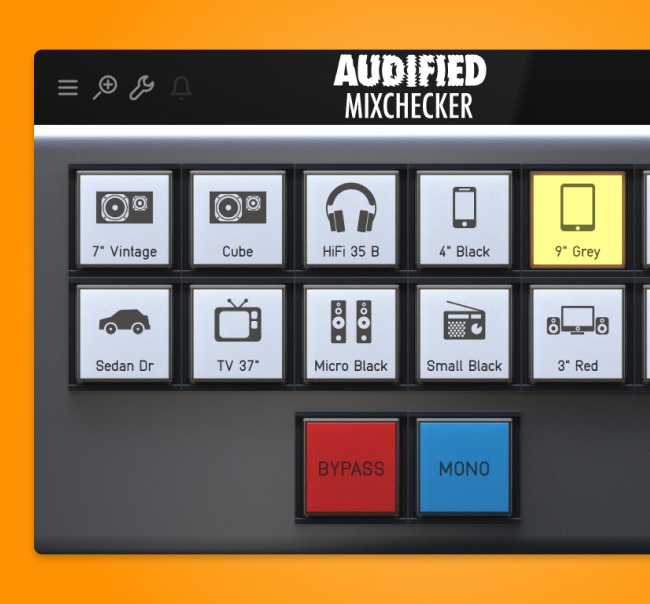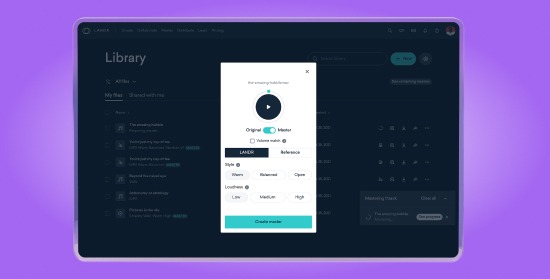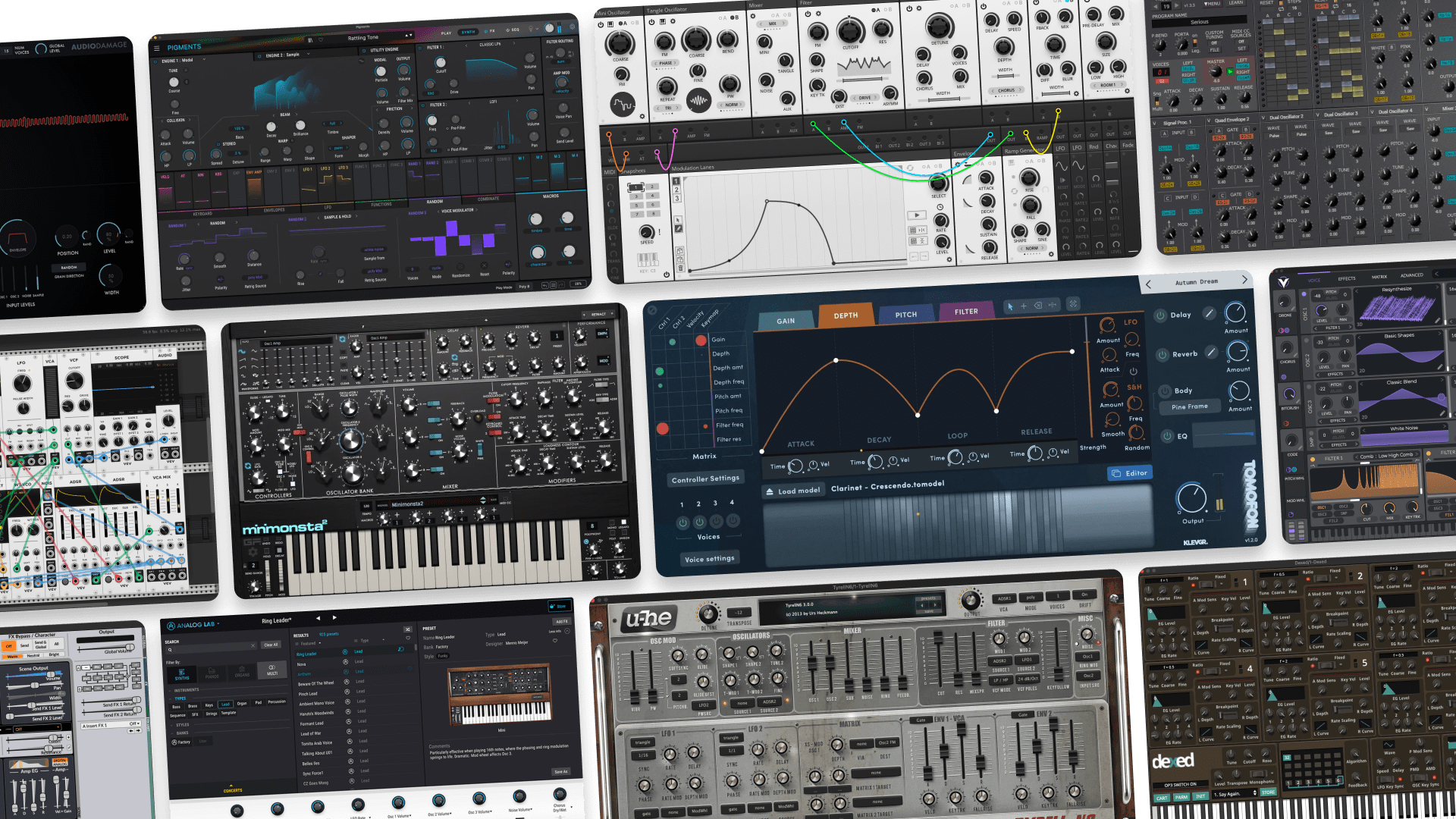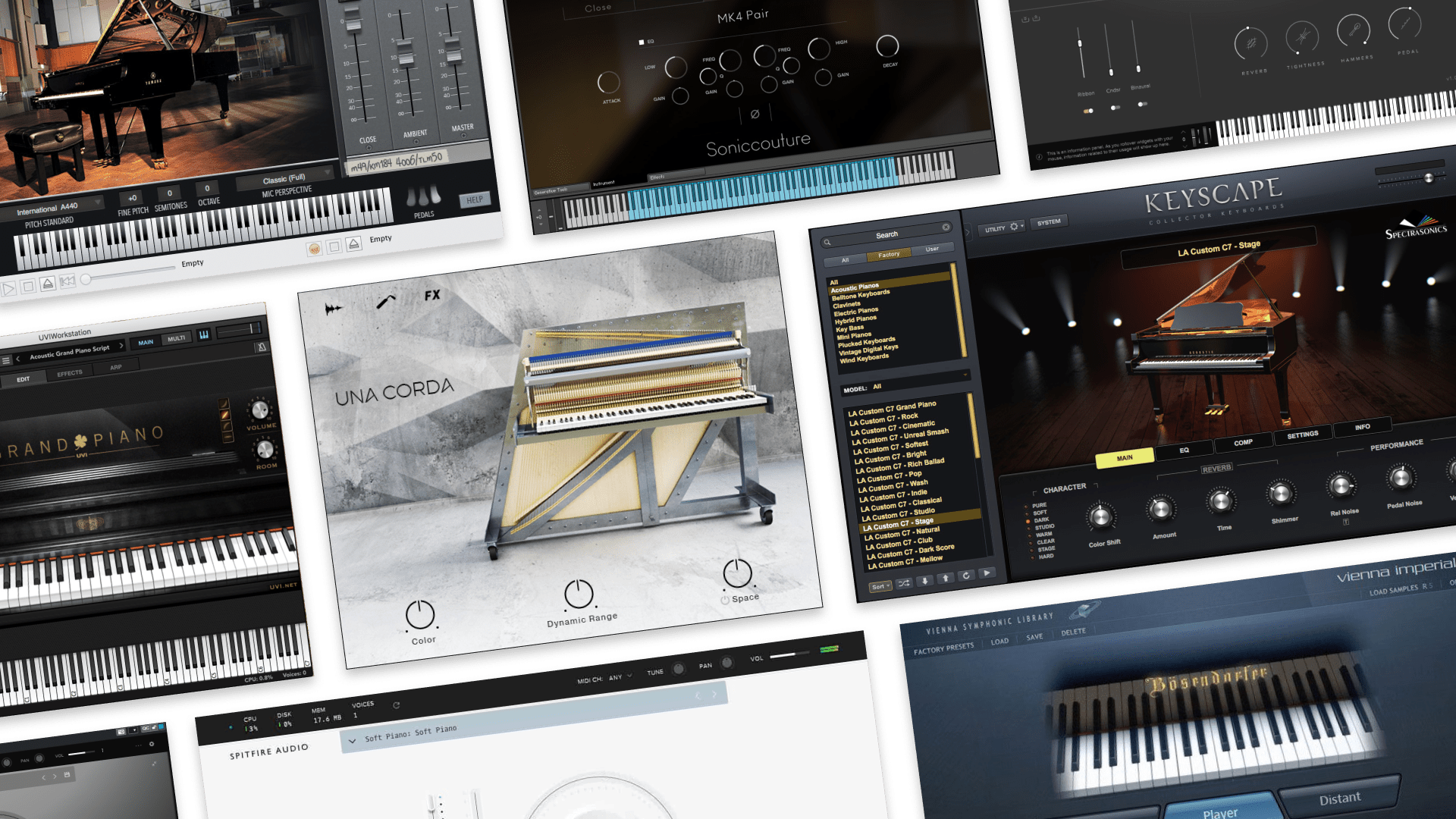
How to Choose A Reference Track For A Better Mix
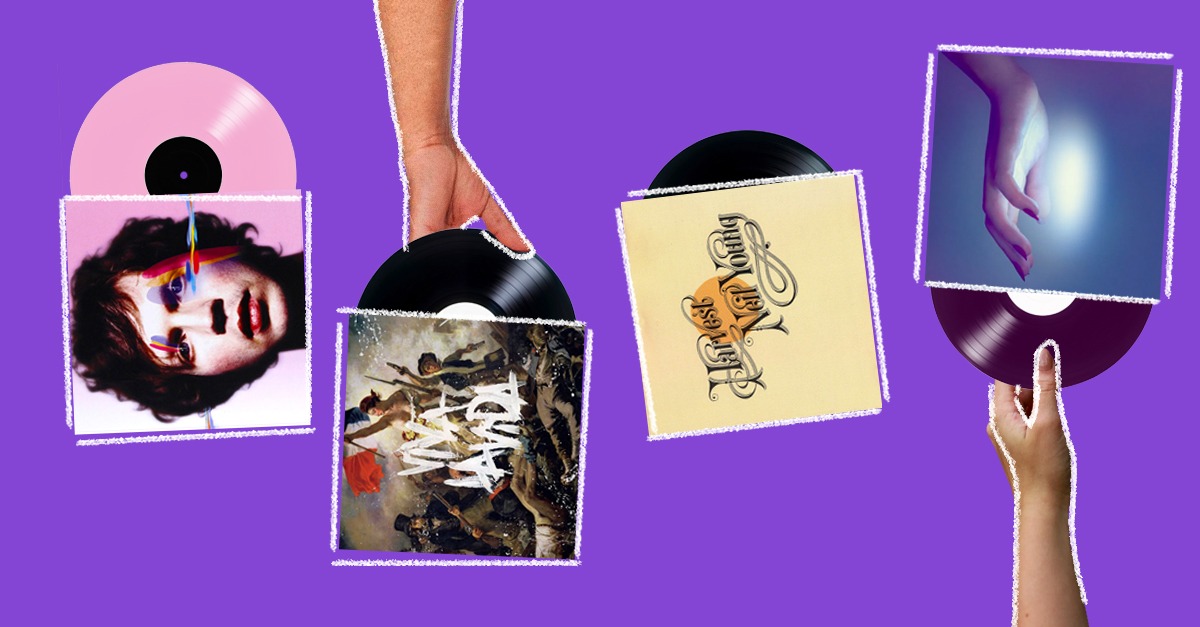
No mixing environment is perfect.
Even if you have acoustic treatment, quality monitors and great headphones, there’s always a bit of guesswork in the final stages of your mix process.
To get good results you need to know what you’re up against—and how to work around it.
Reference tracks are how you get that perspective. They’re an incredibly useful tool to help you judge your mix objectively.
But what are reference tracks? Which ones should you use, and how do you work with them?
In this article I’ll explain what reference tracks are, how to choose your own and some of my top picks for different mix situations.
Let’s get started.
What are reference tracks?
Reference tracks are recordings with desirable sonic features that engineers use to evaluate their work-in-progress mixes. Many pro engineers have go-to reference tracks they rely on to bring their work closer to their vision for the final mix.
By comparing back and forth between a reference track and your mix, you can evaluate the changes you need to make for a better finished product.
By comparing back and forth between a reference track and your mix, you can evaluate the changes you need to make for a better finished product.
How to use reference tracks
It’s easy to get lost in your mix and lose your sense of direction. Checking in with a reference track as you work is one of the best ways to avoid it.
All you need to do to use a reference track is drag it into your mix session and set up a way to toggle back and forth.
As you go you’ll get a sense for the critical features you need to compare to evaluate your sound, you’ll see why this technique is so useful.
Maybe you’ll discover you’ve been overhyping your upper midrange, or turning your bass synth up to loud. Maybe you’ll realize the vocals don’t need quite so much reverb or that the drums are too compressed.
You might not have caught these issues if you didn’t take a step back to mix reference.
Using reference tracks is easy if you remember a few basic rules:
- Match the volume of the reference with your track as closely as possible
- Toggle back and forth directly using “solo in place” if you can.
- Listen critically to the most important features of your mix and the reference
For a deeper dive into how to do effective mix referencing, check out our guide.
How to choose a reference track
The beauty of reference tracks is that you can use almost any audio material, as long as it fits into your workflow and provides good comparison.
The beauty of reference tracks is that you can use almost any audio material, as long as it fits into your workflow and provides good comparison.
In general, you want to choose a reference track that demonstrates the best qualities you’d hope for in your own mix.
That’s completely up to you, so the best approach to choosing a reference track is to experiment and follow your ears.
Start with tracks you love and listen attentively for their production quality. If you listen critically, you’ll start to understand the sounds you prefer and how to recognize them in your own mixes.
If you need a place to start, here are some qualities to look for when you choose a reference track:
- Similar or related genre
- Well-executed mix features (great top end, great stereo imaging)
- Standout individual instruments (great vocals, great drum sound)
Other ways to reference
Reference tracks are traditionally used within a DAW session for direct comparison.
But modern mix referencing is evolving. There’s more ways than ever to use reference material in your workflow.
Proper referencing requires precise level matching to work. That means referencing in-progress mixes against finished masters outside of your DAW isn’t always possible.
Proper referencing requires precise level matching to work.
That’s where instant AI powered mastering comes in. A LANDR mastered track will be close enough to the level of a finished recording for you to use it as a good reference.
That means you can mix reference anywhere—in your car, on your home stereo, or on earbuds on the bus. That’s the precise information you need to make good decisions about your mix.
If you have to make any adjustments to the mix you can just master it again with no turnaround time and no extra cost.
My favorite reference tracks
Everyone has to find the reference tracks they like best. It can be a very personal choice.
To help you get started I’ll list a few of the reference tracks that I’ve used and what I like about them.
1. Lonesome Tears — Beck
Beck’s 2002 album Sea Change was produced by Nigel Godrich and recorded at legendary Ocean Way Recording at the height of its powers.
The mix features a very broad span of frequencies from deep sub bass to smooth and airy extended highs.
You can really get a sense of the ultra wide spectrum from the spacious string sound.
I sometimes use this track to judge the overall frequency extension of a mix I’m working on.
2. Strawberry Swing — Coldplay
Coldplay’s Viva la Vida is a sonically diverse pop album with nice ambient textures throughout. It features production by Brian Eno and electronic artist Jon Hopkins.
It’s an excellent example of the “Brauerization” compression-centric style pioneered by top mix engineer Michael Brauer.
Every element feels like it’s in focus at the same time, like looking at an HDR photograph.
This reference track can help you get a sense of what masterfully applied compression can sound like.
3. Out on the Weekend — Neil Young
On the opposite end of the spectrum, Neil Young’s Harvest is famous for its clear and natural sound.
Engineer Elliot Mazer has stated that no compression or limiting of any kind was used during the mix.
That makes it great for listening to natural transients and the attack and decay of acoustic instruments.
4. Inside Out — Spoon
Spoon’s They Want My Soul was mixed by Dave Fridmann at his Tarbox Road Studios in upstate New York.
Fridman’s style is notorious for its intense saturation, bordering on distortion.
“Inside Out” features bold layered electronic drums and samples with aggressive saturation that somehow never gets fatiguing.
I sometimes use this track to judge if i’ve added too much harmonic distortion or if any saturated tones are too harsh.
Reference material
Bringing reference tracks into your workflow is part of how you mature as a producer and hone your skills.
No matter what genre or style you work in, there’s a reference track you can use to pull your mix in the right direction.
Now that you know about reference tracks and how to choose one that works, get back to your DAW and keep chasing your perfect mix.
Gear guides, tips, tutorials, inspiration and more—delivered weekly.
Keep up with the LANDR Blog.
